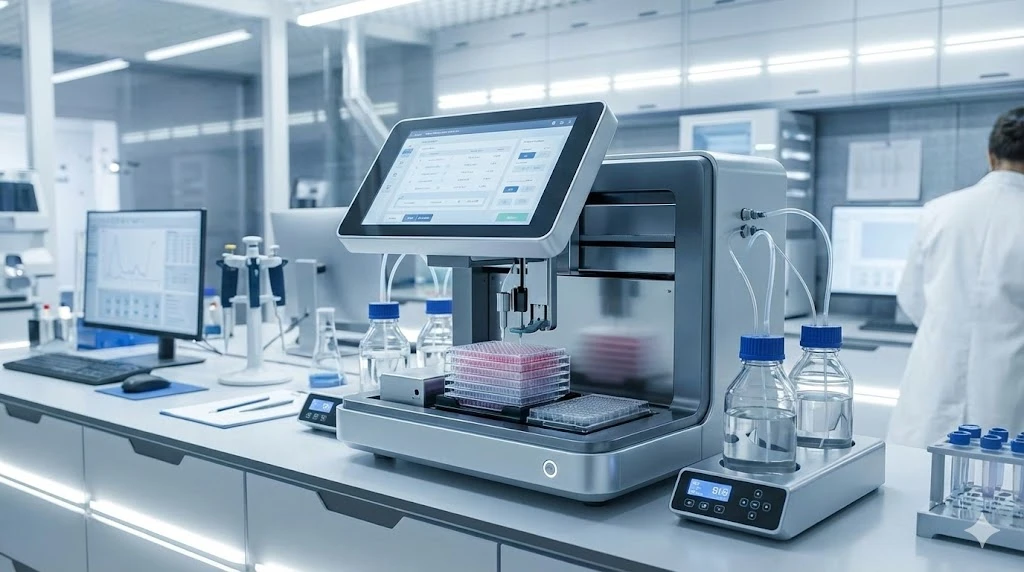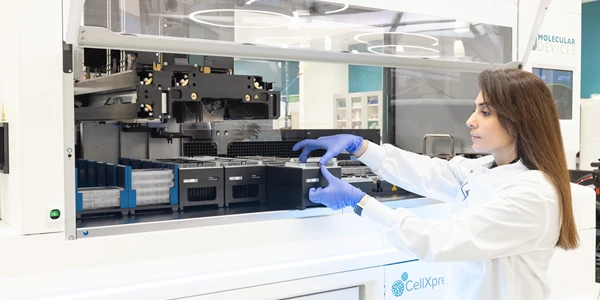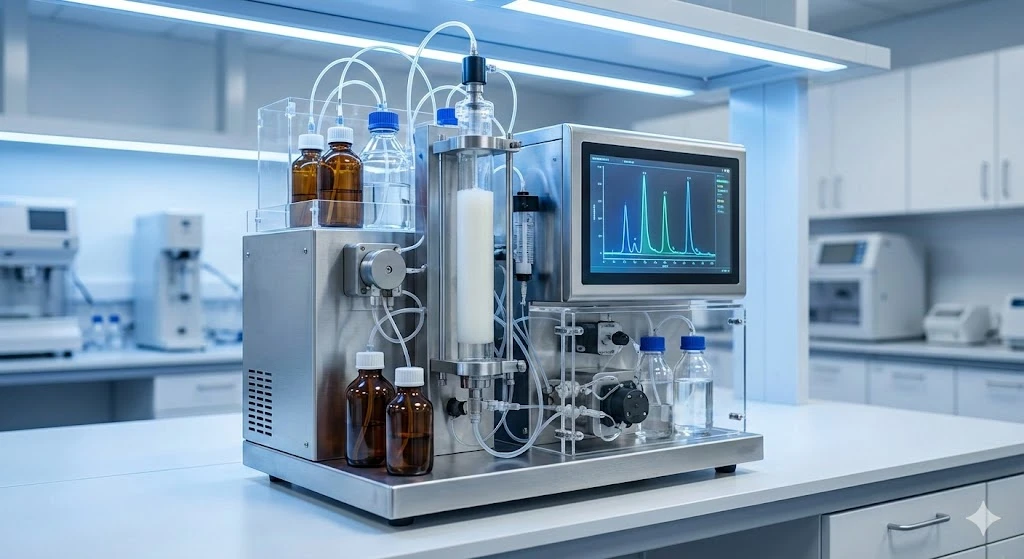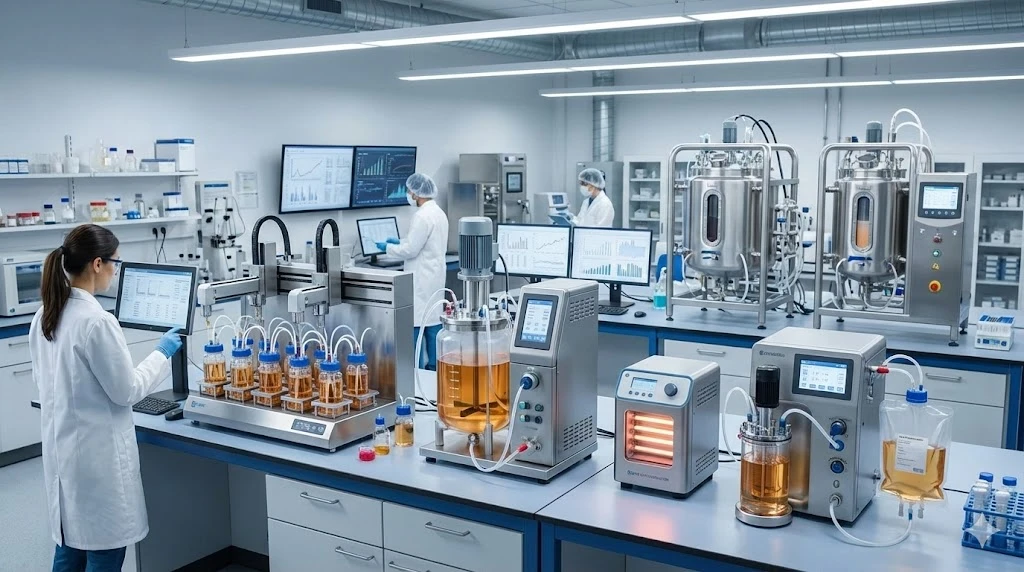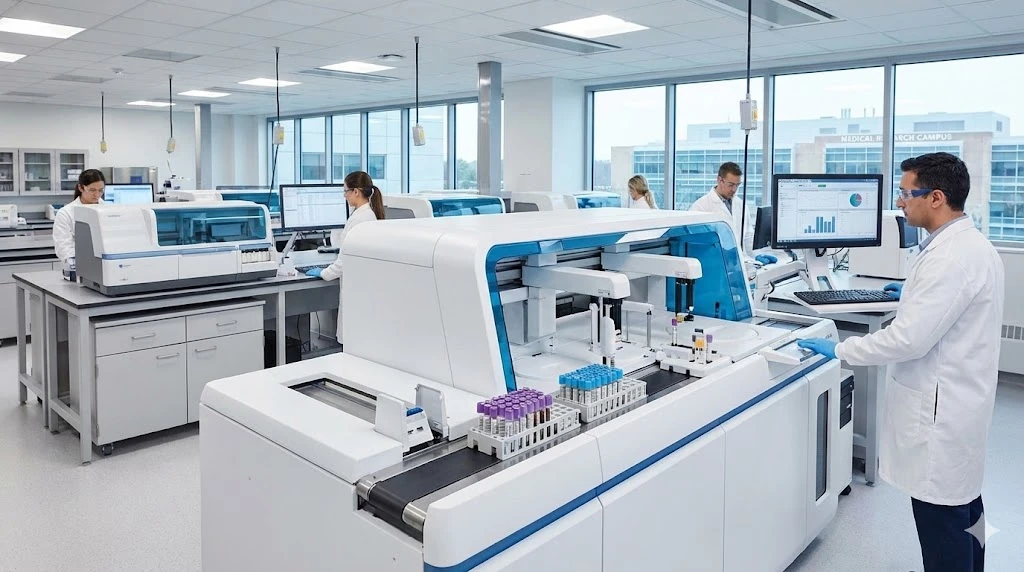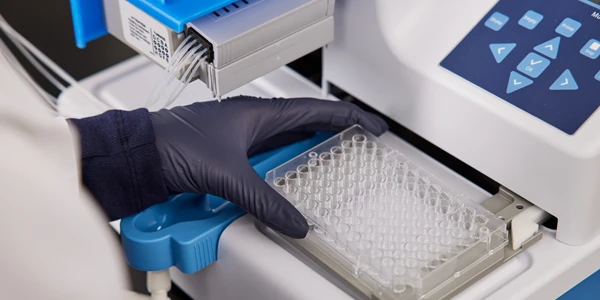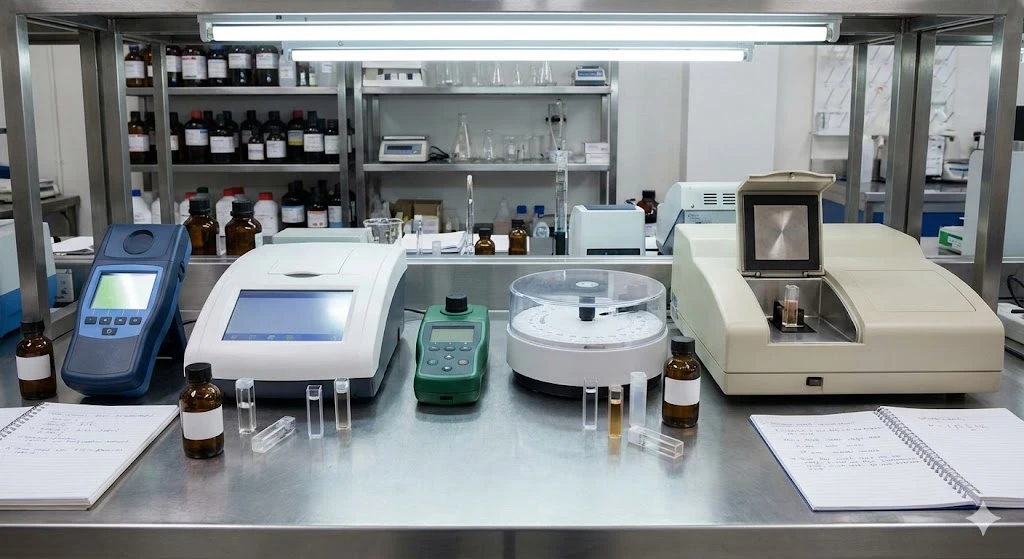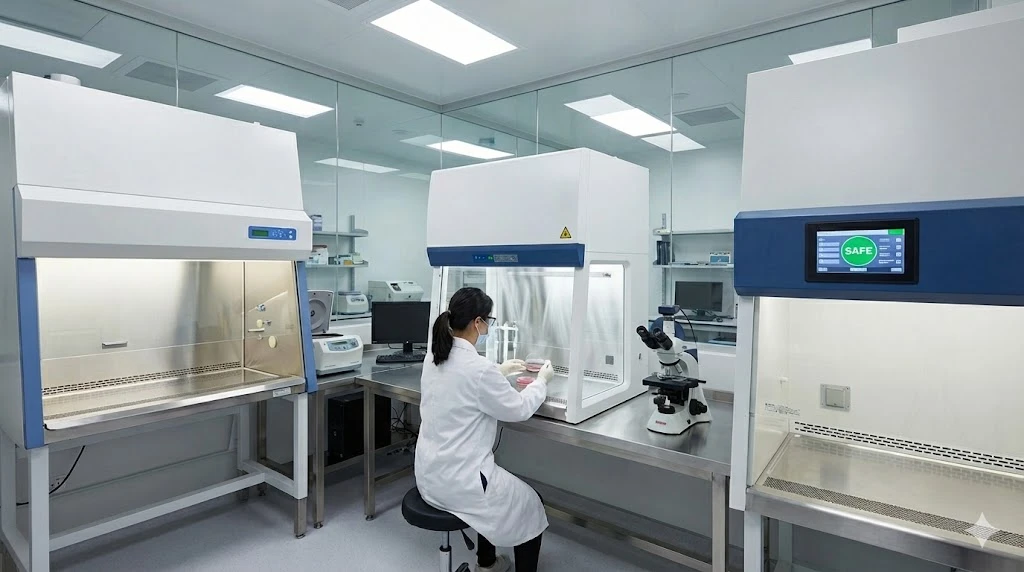The Most Impactful Cannabis Industry Developments of the Year
The year 2019 brought many significant cannabis industry developments. Hemp cultivation is undergoing a boom thanks to major legal changes at the federal level. CBD products are appearing in a multitude of formulations for a wide range of uses. Research into the clinical relevance of cannabis is commencing with ever quickening pace and rapidly expanding scope.
Despite these developments, much is left to accomplish in order to achieve a viable economy and safe medicinal solutions for the cannabis industry. The vaping illness crisis that arose in 2019, due to the presence of adulterants in unregulated marijuana vape cartridges, is an example of the continuing gaps in regulation, testing, and research, for which comprehensive solutions are still needed.
2020 promises to be an important year along many fronts, and now is the perfect opportunity to look back at some remarkable accomplishments this year -- building the foundation for the future of the industry.
1 – Passage of the 2018 Farm Bill and legalization of hemp cultivation
As forecasted at the turn of the new year, hemp legalization immediately gained traction in states where cannabis was previously legal to varying degrees. The regulatory, operational, and logistical infrastructures for cannabis were in place, and larger efforts would now include a focus on legal hemp cultivation and processing.
2 – Revitalization of farming and the new age of hemp poduction
Perhaps unscripted were the ways in which hemp legalization would affect other states where cannabis had been previously restricted or even negated from legal use. This was brought on at many levels from legislators to citizens who want to see the farming and local economies prosper, particularly in areas where crops such as tobacco and others had seen large-scale changes in demand, economic pressures, and in drought-stricken areas, yields.
Although the Farm Bill and hemp legalization was only a pilot program with limited terms for hemp cultivation, the reclassification as an agricultural commodity and the ability to produce legal crops (and the potentially lucrative products there-in) was a boom to farmers and a bell weather for what was to come.
3 – Hemp-derived CBD in consumer goods and the emerging economic boom
Legalized hemp cultivation includes those strains or chemotypes producing elevated cannabidiol or CBD for production of extracts and the myriad of CBD containing products. The legal definition of hemp cites a threshold for tetrahydrocannabinol (THC) concentration of less than 0.3%. Adherence to this limitation would prove challenging to cultivation, testing, transportation, and commerce efforts throughout.
CBD has now exploded and markets for CBD-containing products, from topical lotions to edibles foods and drinks, has soared in this new hemp-derived CBD landscape. CBD is now the jurisdiction of the FDA and rules dictate that CBD shall not be marketed as a supplement or additive with proposed medicinal value. The FDA has stayed vigilant against those making false or unsubstantiated claims.
The FDA has recently stopped short of concluding that CBD is safe as a food additive, and in fact has stated that inclusion of CBD in foods violates the FD&C Act. CBD has not been generally regarded as safe (GRAS) for human consumption. Furthermore, the presence of the FDA-approved CBD drug, Epidiolex, has implicated CBD as a drug ingredient, subject to additional regulatory conditions. These are hurdles that the CBD industry must clear on the road towards federal legalization and regulation of CBD in consumables.
4 – The emergence of the vaping illness crisis
The appearance of vaping related illnesses initially sprung up in tobacco vaping products, soon after cannabis products as well. Extensive testing and analysis identified an additive, vitamin E acetate present in vaping cartridges, as a culprit -- the CDC has confirmed this finding. The issue speaks to a greater problem of the presence of illicit vaping products and the largely unregulated (and in some cases untested) cannabis products in circulation.
This medical crisis may unwittingly spur both legislative and medical actions in order to better define the regulatory testing landscape of cannabis as a whole.
5 – The need for stronger legislative and research actions
Clarification along several fronts is still needed in order for cannabis to thrive as a medical and economical resource, although several 2019 developments decisively moved the needle.
- The financial rules for cannabis commerce require legislative action to alleviate the strain of the cash-only approach most cannabis producers and dispensaries have endured until now. In a recent development, regulators have removed the need for banks to file suspicious activity reports (SARs) for customers solely on the grounds of hemp cultivation. Banks can now do business with hemp growers provided proper compliance programs are in place.
- The USDA has gotten the green light to expand the hemp cultivation pilot program put in place after passage of the Farm Bill, and enact interim monitoring and regulatory rules for an expansion of hemp cultivation across the country.
- Congressional consideration and passage of the MORE act may remove marijuana from the federal controlled substance act, thereby allowing states to enact their own cannabis regulations free of federal interference. This may seem like a long shot for now, but a target that is nonetheless in sight for the cannabis community.
- Expanded legalized cultivation promises to greatly expand access to cannabis materials and financial funds, which will foster research into medicinal benefits and limitations of cannabis products and derived chemicals. This has already progressed rapidly, with public and private research collaborations taking place around everything from Alzheimer’s disease to various Cancers and many more areas of investigation.
6 – The crucial role of methods and testing standardization across the industry
States have enacted regulations regarding the types of tests required and the thresholds needed for compliance. Lacking federal regulation and oversight, nefarious producers can nevertheless skirt these state requirements and opt for substandard lab analysis instead. Moreover, testing labs often employ unique or proprietary testing methods which may not holdup to universal validation practices for safe and consistent analysis. State testing regulators routinely patrol the territory to ensure testing labs are proficient, but in 2019 the fact remains that quality control lapses are an issue. It has become clear that industry-wide collaboration is needed to ensure cannabis and cannabis products are safe for consumption.
As a voluntary consensus standards development organization, the AOAC has brought together government, industry, and academic professionals to establish testing standards for food safety, food integrity, and public health. In 2019, the Cannabis Analytical Science Program (CASP) continued review of methods submitted against given sets of Standard Method Performance Requirements (SMPRs). Such testing methods currently include: detection of Aspergillus in cannabis products, measurement of residual solvents in cannabis-derived materials, quantification of cannabinoids in raw plant materials (for analysis of low-THC containing hemp varieties), and a number of other methods. Goals include the establishment of, not only safe methods for the testing community, but the groundwork for the federal testing regulations that are almost certain to come within the next few years.
Yes, challenges remain. As a whole, however, these developments highlight progress in the industry overall and represent important areas of growth and maturation for the year to come.

